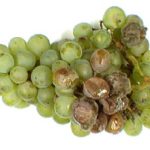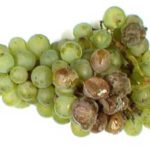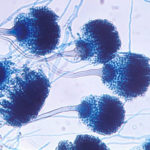Date: 26 November 2013
Secondary metabolites, structure diagram: Trivial name – Asterriquinone B1
Copyright: n/a
Notes:
Species: A. terreusSystematic name: 2,5-Cyclohexadiene-1,4-dione, 2-[2-(1,1-dimethyl-2-propenyl)-1H-indol-3-yl]-3,6-dimethoxy-5-[7-(3-methyl-2-butenyl)-1H-indol-3-yl]-Molecular formulae: C34H34N2O4Molecular weight: 534Chemical abstracts number: 78708-35-7Selected references: Arai, Kunizo; Masuda, Kikuo; Kiriyama, Noriki; Nitta, Keiichi; Yamamoto, Yuzuru; Shimizu, Sakae (Fac. Pharm. Sci., Kanazawa Univ., Kanazawa 920, Japan). Chem. Pharm. Bull., 29(4), 961-9 (English) 1981.
Images library
-
Title
Legend
-
Further details
Image 1. The chest x-ray shows extensive bilateral nodular disease, most consistent with a fungal infection, or possibly tuberculosis. He was treated with a bucket face mask with 80% oxygen and voriconazole.
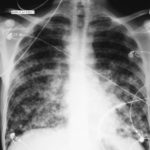 ,
, 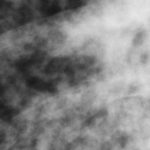 ,
, 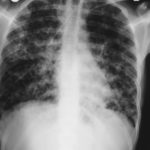 ,
, 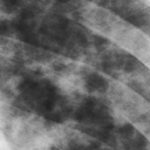 ,
, 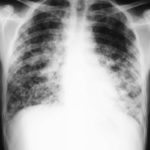 ,
, 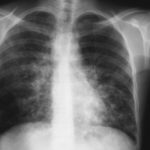
-
A Colonies on MEA +20 % sucrose after 2 weeks; B ascomata, x 40; C conidiophore of Aspergillus glaucus x 920;D conidiophore of Aspergillus glaucus x920 E. portion of ascoma with asci x 920. F ascospores x2330.
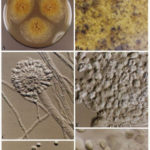
-
Scanning electron micrographs of A. fumigatus conidia of transformants rodB-02 (b). Size bar, 100 nm.

-
Scanning electron micrographs of A. fumigatus conidia of the wild-type G10 strain (a). Size bar, 100 nm.
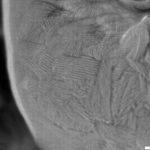
-
Scanning electron micrographs of A. fumigatus conidia of rodA rodB-26 (d).Size bar, 100 nm.
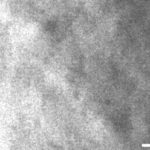
-
Scanning electron micrograph of an A.fumigatus conidium of rodA-47 (c), showing the hydrophobic rodlets covering the surface. Size bar, 100 nm.
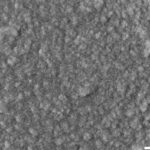


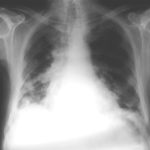 ,
, 
